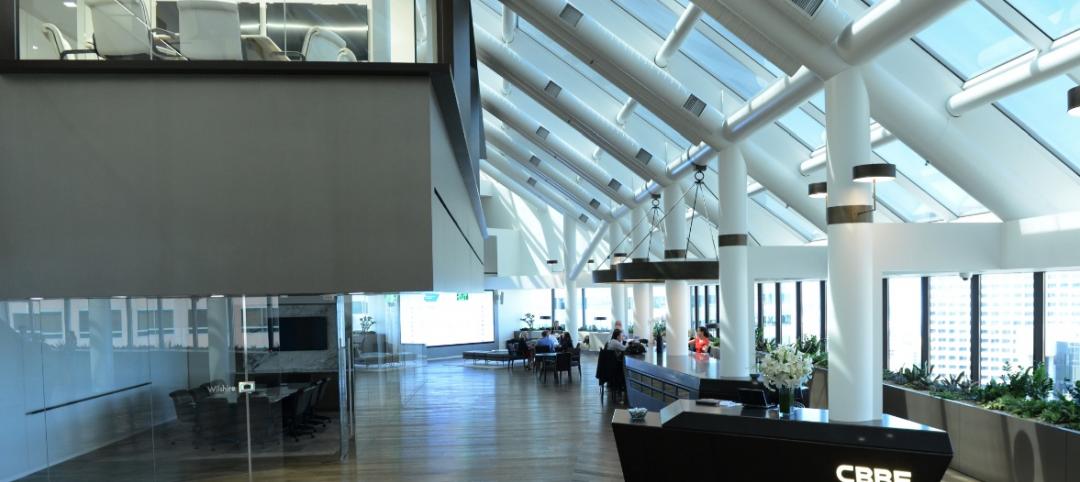The new Flight Training Center, designed by TAGO Architects for Turkish Airlines, will become the largest structure of its kind in Europe and the Middle East once completed. The 30,000-sm building will include 18 simulators and a variety of flight training departments for flight attendants, cabin, and flight training.
The building has been designed with the ability to be enlarged in the future depending on the needs of Turkish Airlines. The front of the building includes the training areas and a lounge while hangar sections and support units with a more technical function will be hidden at the rear of the building.
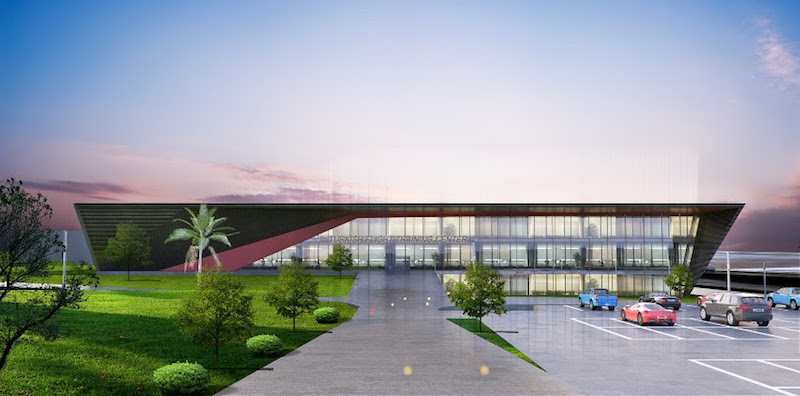 Rendering courtesy of TAGO Architects.
Rendering courtesy of TAGO Architects.
Through the use of perforated materials meant to resemble the wings of an aircraft and an amorphous, bottom-up design, the simulation center is meant to evoke the feeling of flight. Additionally, Turkish Airlines’ corporate identity is on display via the façade material and the colors in the transparent training units.
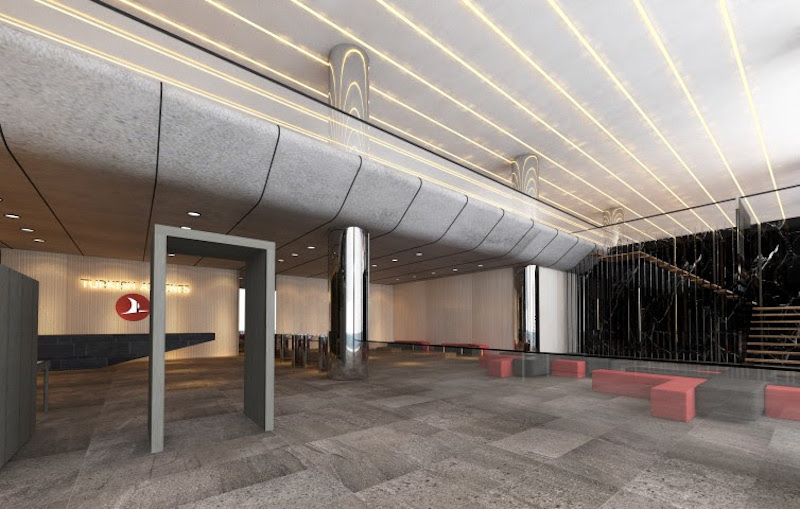 Rendering courtesy of TAGO Architects.
Rendering courtesy of TAGO Architects.
The building is located in a residential area and is expected to contribute to its economic development.
 Rendering courtesy of TAGO Architects.
Rendering courtesy of TAGO Architects.
Update
Work on the Turkish Flight Training Center has been completed. In addition to its importance as a training facility, Turkish Flight Training Center will also become an important educational tourism center in the area in the sense that it includes a great variety of flight training departments such as air hostess, cabin, and flight training centers. Below are photos of the completed project.
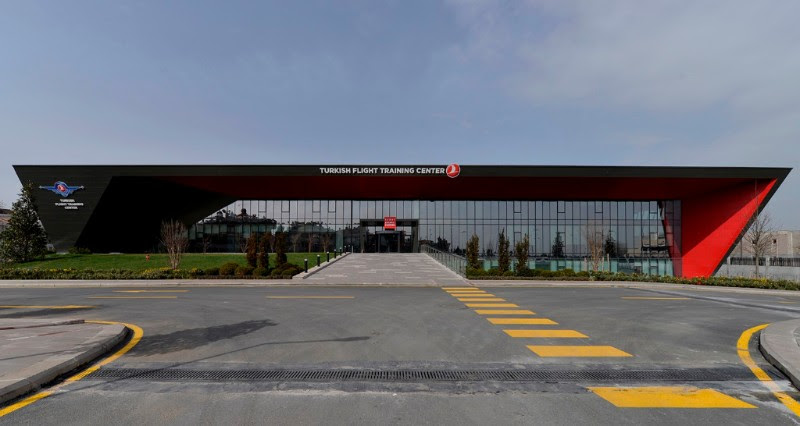
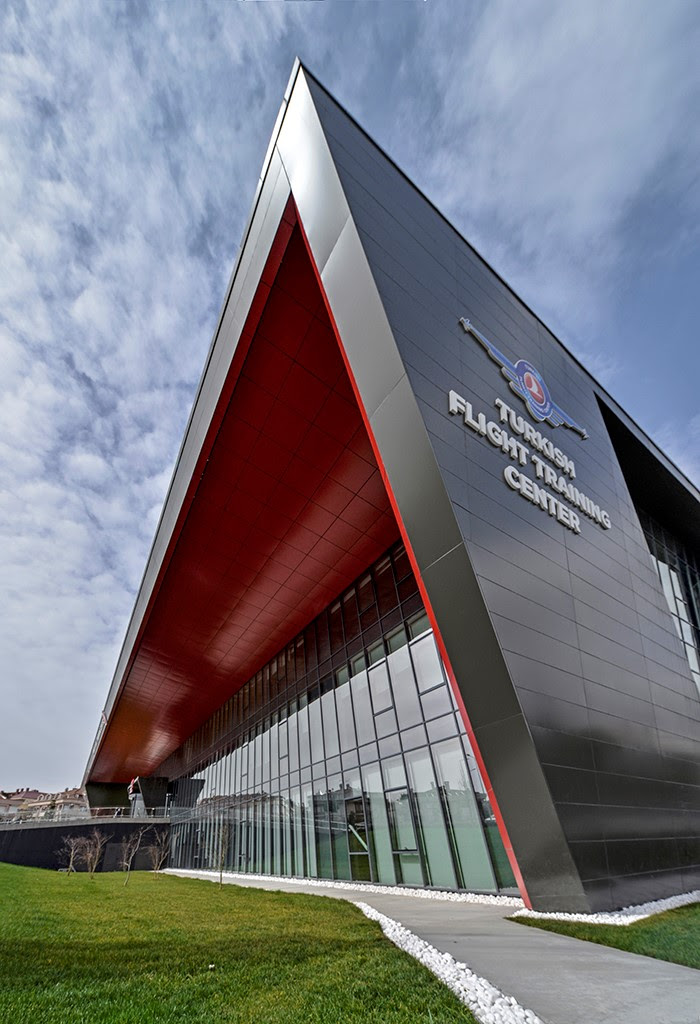
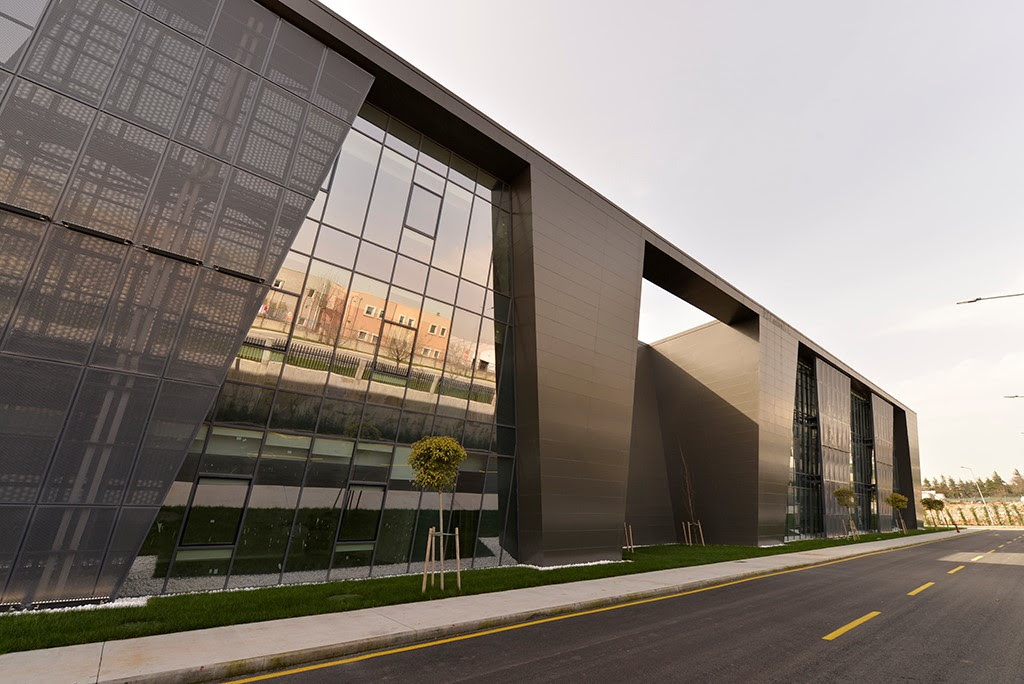
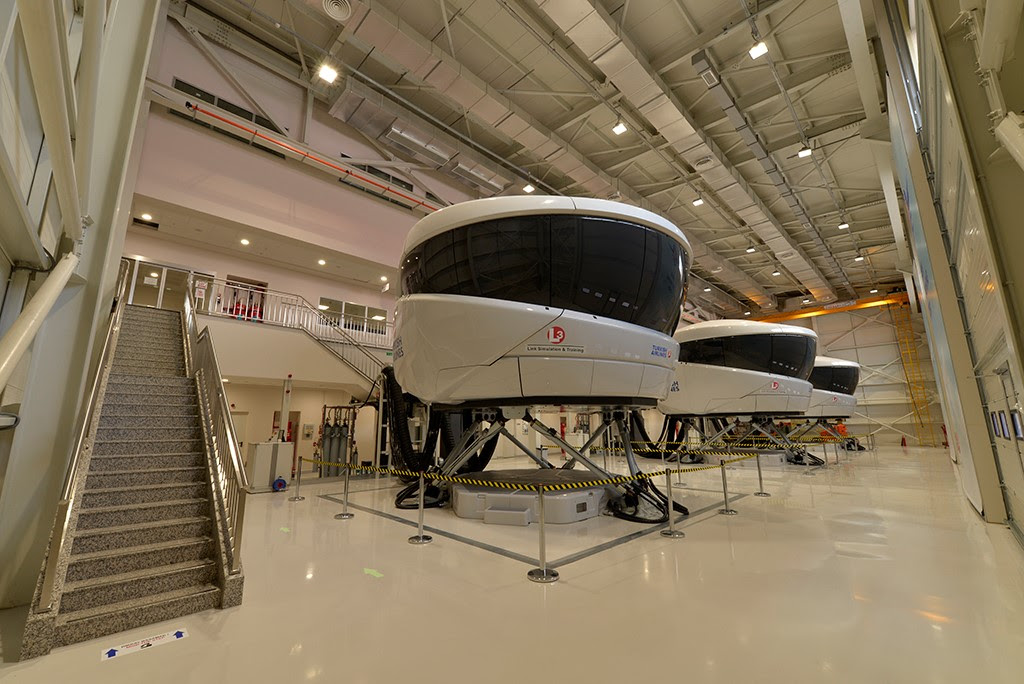
Related Stories
| Nov 19, 2013
Top 10 green building products for 2014
Assa Abloy's power-over-ethernet access-control locks and Schüco's retrofit façade system are among the products to make BuildingGreen Inc.'s annual Top-10 Green Building Products list.
| Nov 15, 2013
Greenbuild 2013 Report - BD+C Exclusive
The BD+C editorial team brings you this special report on the latest green building trends across nine key market sectors.
| Nov 15, 2013
Metal makes its mark on interior spaces
Beyond its long-standing role as a preferred material for a building’s structure and roof, metal is making its mark on interior spaces as well.
| Nov 13, 2013
Government work keeps green AEC firms busy
With the economy picking up, many stalled government contracts are reaching completion and earning their green credentials.
| Nov 13, 2013
Installed capacity of geothermal heat pumps to grow by 150% by 2020, says study
The worldwide installed capacity of GHP systems will reach 127.4 gigawatts-thermal over the next seven years, growth of nearly 150%, according to a recent report from Navigant Research.
| Nov 8, 2013
Can Big Data help building owners slash op-ex budgets?
Real estate services giant Jones Lang LaSalle set out to answer these questions when it partnered with Pacific Controls to develop IntelliCommand, a 24/7 real-time remote monitoring and control service for its commercial real estate owner clients.
| Nov 6, 2013
Dallas’s goal of carbon neutrality by 2030 advances with second phase of green codes
Dallas stands out as one of the few large cities that is enforcing a green building code, with the city aiming to be carbon neutral by 2030.
| Nov 6, 2013
Energy-efficiency measures paying off for commercial building owners, says BOMA study
The commercial real estate industry’s ongoing focus on energy efficiency has resulted in a downward trend in total operating expenses (3.9 percent drop, on average), according to BOMA's Experience Exchange Report.
| Nov 6, 2013
PECI tests New Buildings Institute’s plug load energy use metrics at HQ
Earlier this year, PECI used the NBI metrics to assess plug load energy use at PECI headquarters in downtown Portland, Ore. The study, which informed an energy-saving campaign, resulted in an 18 percent kWh reduction of PECI’s plug load.
| Oct 31, 2013
CBRE's bold experiment: 200-person office with no assigned desks [slideshow]
In an effort to reduce rent costs, real estate brokerage firm CBRE created its first completely "untethered" office in Los Angeles, where assigned desks and offices are replaced with flexible workspaces.












